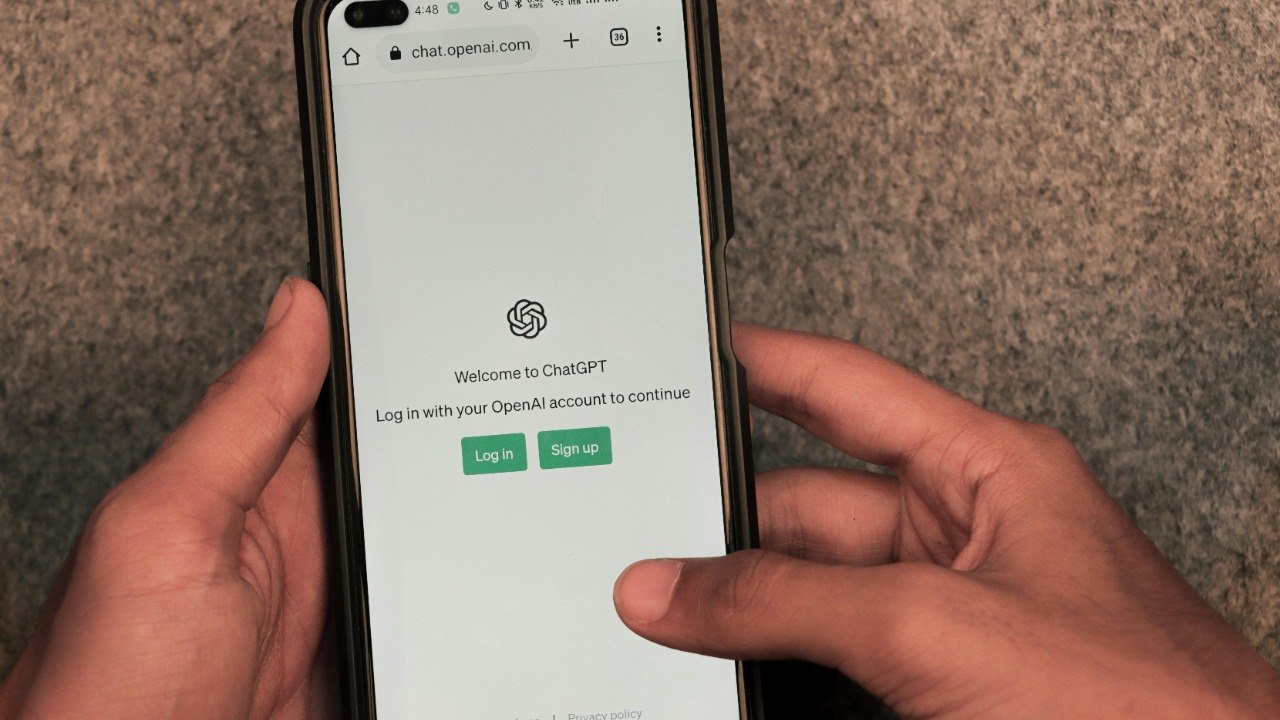
OpenAI has unexpectedly launched GPT-5.1, a major update to its AI model, on November 12, 2025. The new version promises a more conversational experience, introducing “playful, warm” qualities to make interactions feel friendlier and smarter. This surprise rollout, which directly integrates into ChatGPT, comes amid a renewed legal battle with The New York Times over copyright issues, underscoring the ongoing tensions in the AI industry.
The Surprise Nature of the GPT-5.1 Release
The unexpected timing of the GPT-5.1 launch has caught both users and competitors off guard. OpenAI dropped the update without any prior announcements, a move that has been widely reported in the tech media. The surprise element of the launch, first reported on November 12, 2025, has contributed to the rapid spread of news across tech outlets.
Adding to the surprise was the immediate availability of GPT-5.1 to ChatGPT users. This seamless rollout bypassed the traditional hype cycles often associated with major tech updates, offering users instant access to the enhanced AI model. The surprise ChatGPT 5.1 update has certainly refreshed the platform with a new user interface and interaction paradigm.
Core Promises of a More Conversational AI
The GPT-5.1 model is designed to deliver a more conversational experience. It aims to improve the natural flow of dialogue beyond what previous models offered. The emphasis on more conversational capabilities is expected to foster engaging, human-like exchanges.
One of the key features of GPT-5.1 is the integration of new conversation styles. These allow for varied tones in responses, enhancing user interaction and making the AI feel more human-like. The promise of a more conversational experience is a significant step forward in the evolution of AI technology.
Playful and Warm Personality Upgrades
The descriptors “playful” and “warm” have been applied to GPT-5.1, indicating a shift towards more approachable and less robotic interactions. These personality traits are expected to make everyday uses of ChatGPT, such as casual queries or creative brainstorming, more engaging and enjoyable.
The launch announcement of the “playful, warm” GPT-5.1 model comes in the context of differentiating from more formal AI competitors. This personality upgrade is a clear attempt by OpenAI to make its AI model stand out in the crowded AI market.
Enhancements to the ChatGPT Experience
GPT-5.1 is described as a “smarter, friendlier” evolution specifically for ChatGPT. The focus is on improved response accuracy and empathy, making the AI model more user-friendly and intuitive. The ChatGPT 5.1 update has brought direct access to the new model for all users, enhancing the overall user experience.
These changes promise a refreshed user interface and a new interaction paradigm. The surprise update has certainly breathed new life into the platform, offering users a more engaging and interactive AI experience.
Amid Renewed Tensions with The New York Times
The launch of GPT-5.1 comes at a time of renewed legal battle with The New York Times over copyright infringement issues. This ongoing conflict has cast a shadow over the AI industry, highlighting the challenges of content generation in the digital age.
OpenAI’s focus on conversational advancements with GPT-5.1 occurs against this legal backdrop. The rollout of the “playful, warm” model could potentially influence content generation policies, as the company navigates the complex legal landscape.
Initial Reactions and Future Implications
Early reactions from the tech media have been largely positive. The conversational upgrades have been praised, and the surprise factor has created a buzz in the industry. Coverage from November 12–13, 2025, has highlighted the potential of GPT-5.1 to shape the future of AI adoption.
However, the lack of detailed benchmarks in initial reports has left some questions unanswered. The launch of GPT-5.1 is seen as a stepping stone for more advanced iterations of the AI model. The promise of friendlier experiences could potentially drive broader AI adoption, but the full impact of these new conversation styles remains to be seen.
More from MorningOverview